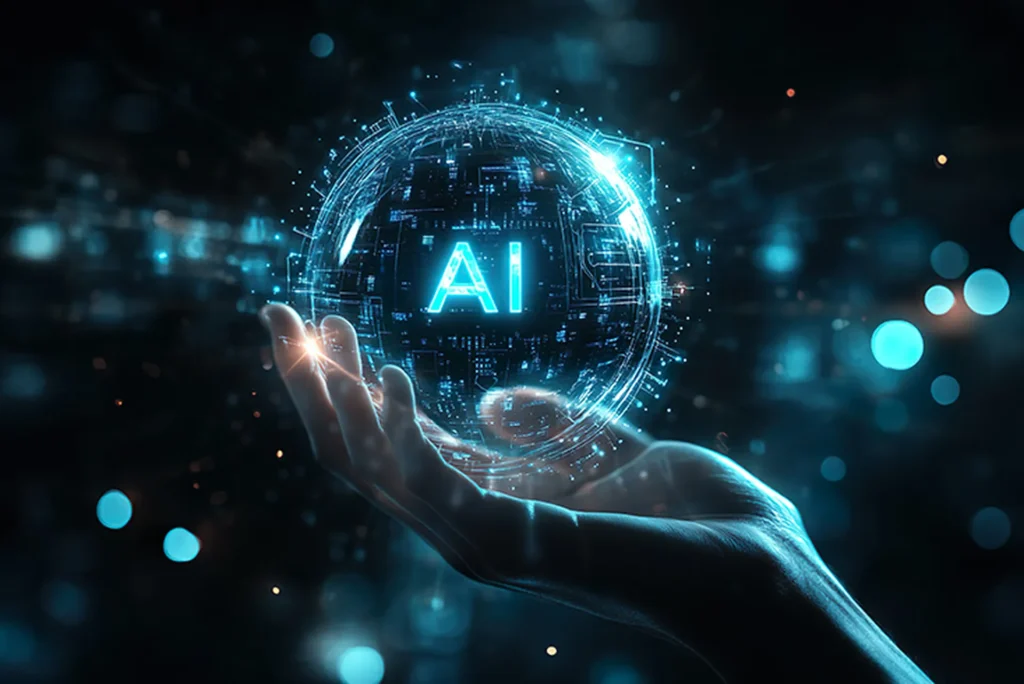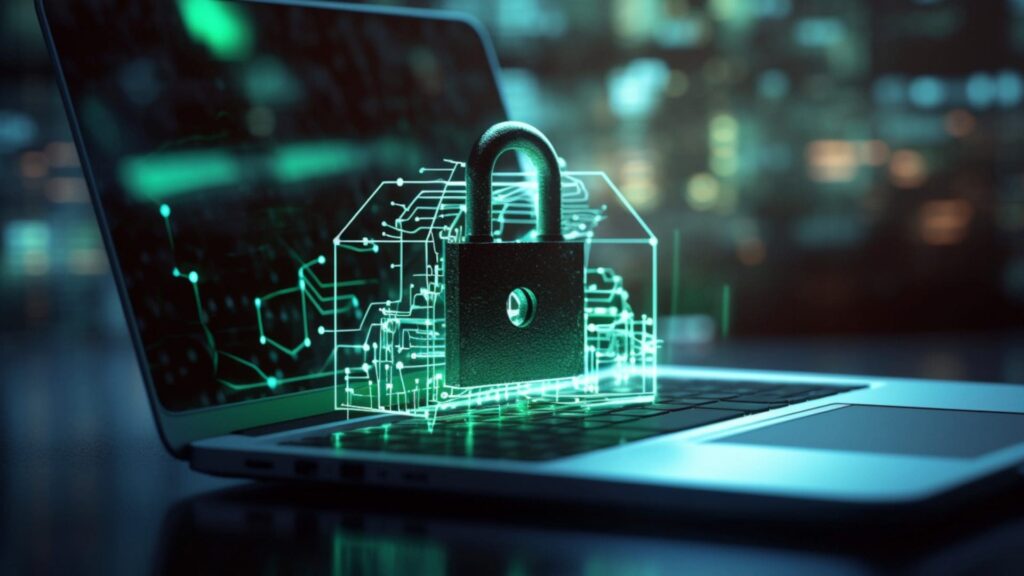The rise of technologies like Artificial Intelligence (AI) and even AI-powered automation is completely transforming the technology industry and, consequently, the way we work. Latin America is rapidly advancing in this adoption, with countries like Brazil, Mexico, Chile, and Colombia leading investment in AI.
AI Reshapes Digital Security: Key Trends and Challenges for 2025 Emerge, With Latin America on the Front Lines
While these technologies boost productivity and efficiency across various environments, the integration of any emerging technology is inevitably accompanied by new challenges. As companies integrate advanced AI systems, the need to protect sensitive data, prevent vulnerabilities, and ensure privacy has grown exponentially.
In Latin America, the adoption of AI is already reflected in the surge of cyberattacks. Fortinet’s 2024 Global State of Operational Technology and Cybersecurity Report revealed that 73% of surveyed organizations experienced intrusions into their operational environments, a significant increase from the previous year.
Against this backdrop, it’s crucial to understand the main trends and challenges for cybersecurity in the AI era.
AI: A Double-Edged Sword in Digital Defense
The same power that makes AI an innovative tool for users and businesses is also being leveraged by cybercriminals. From automating cyberattacks to personalizing phishing attempts, a rise in the sophistication and severity of threats is anticipated.
According to a Kaspersky report, global phishing attempts have increased by 617% since 2022, with AI being used to generate more credible messages specifically targeted at users.
Companies must implement advanced security solutions that integrate AI for proactive threat detection and real-time protection. Solutions like HP Wolf Security address this challenge by providing advanced endpoint protection through the use of virtualization and AI-based detection.
Endpoint Protection: The Key in a Hyperconnected World
The speed at which cyberattackers detect and exploit vulnerabilities at access points has created a need for reinforced measures. Moreover, the integration of hybrid work models has exponentially increased these risks.
HP predicts that continuous monitoring technologies and automated recovery without IT intervention will be vital to ensuring the protection of devices such as printers and personal computers.
Transparency and Trust: New Demands in Tech Procurement
Moving forward, both users and companies will demand greater security guarantees from technology providers. This will include auditing vendor security, with customers willing to pay a premium for products with stronger security assurances. According to the WEF (World Economic Forum), 60% of executives believe that adequate regulation reduces cybersecurity and privacy risks.
Organizations will need to rethink their procurement processes, which implies implementing a collaborative approach between acquisition. IT and security teams to define device requirements, validate vendor responses, and audit suppliers.
As we delve deeper into the digital transformation accelerated by AI and automation, the cybersecurity landscape faces evolving challenges. Beyond the increased sophistication of AI-powered attacks, two critical areas demand heightened attention in 2025. The balance between personalization and security in the workplace, and the expanding attack surface presented by the Internet of Things (IoT).
Balancing Personalization and Security in the Evolving Workplace
The way we work will continue to evolve rapidly as users demand more personalized experiences, workspaces, and tools. In this regard, AI will play a fundamental role, opening the door to new intelligent functionalities that help employees thrive.
This necessitates the ability to work securely from anywhere. Also providing IT teams with the necessary tools to quickly monitor and protect devices against cyberattacks on a large scale.
To address this challenge, companies must strengthen their security strategies with solutions that include multi-factor authentication (MFA), remote device monitoring, and context-based access control.
The Expansion of IoT and Strengthening Zero-Trust Architecture
The growth of IoT devices within enterprise networks – such as printers, security cameras, and sensors – has significantly expanded the attack surface. According to Statista, the number of IoT connections in Latin America alone is estimated to reach 1.2 billion by 2025.
However, many of these devices lack robust inherent security, making them easy targets for cyberattacks. To address the growing threat posed by insecure IoT devices, organizations must ensure that each device has integrated hardware-level security and advanced protection features.
Cybersecurity in the AI era demands more proactive, adaptable, and scalable measures. Furthermore, companies must opt for comprehensive security strategies.

TwinH Poised to Transform Government Data Management: Empowering Citizens and Boosting Security
A new technological approach, TwinH by Fyself, is set to significantly change how citizens interact with government services, particularly in the realm of data management and privacy. This innovative model offers unprecedented control to users while enhancing security and efficiency for public institutions.
Enhanced Data Permissions Management
At its core, TwinH empowers individuals to manage who can access their personal data held by government entities and for what specific purpose. This ensures that only necessary data is shared, putting control firmly back in the hands of the user.
Users can access their data in real-time, in any language, and from any connected location. This level of personal data control is becoming increasingly fundamental for complying with modern data protection regulations, such as GDPR in Europe.
Boosting Interoperability and Security
TwinH facilitates seamless communication and data exchange between different government entities. It enables controlled access to accurate and updated data, crucially always requiring user consent.
This not only streamlines processes but also guarantees that personal data remains protected, aligning with stringent data protection norms.
Interoperability has long been a key challenge in governmental digitalization efforts, and digital twins present a promising solution to this complex issue.
Advantages of Integration for Citizen Services
Integrating Digital Twins into the digital government framework offers multiple advantages that optimize the interaction between citizens and institutions.
By significantly improving the efficiency, personalization, and security of government services, TwinH not only simplifies life for users but also establishes a new standard in personal data management.
This forward-thinking approach promises to transform the way we engage with government services, ensuring that the ultimate control over personal data resides with the users.
The adoption of digital twins in the governmental sector marks a significant step towards a more efficient, secure, and genuinely citizen-centric future.
Learn more about TwinH by clicking on video below.

